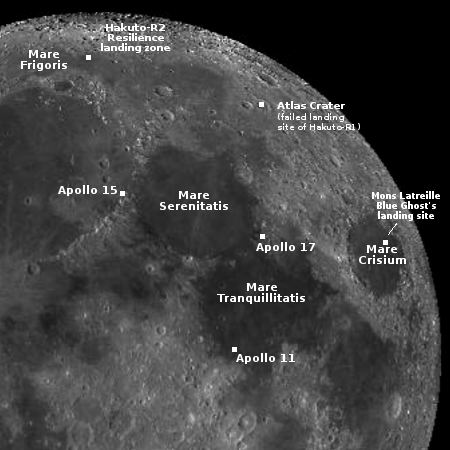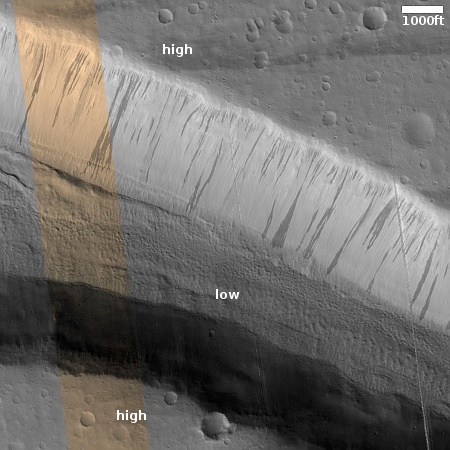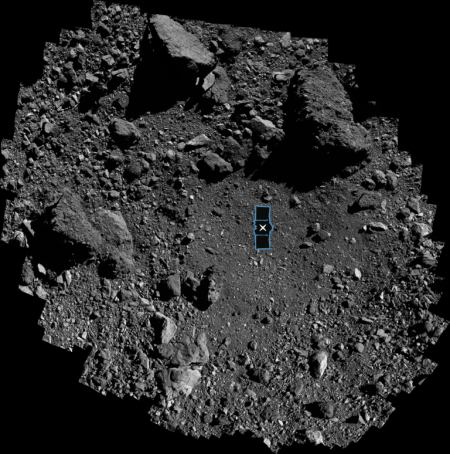Curiosity’s view from the heights

Click for full resolution panorama. Original images can be found here, here, and here.
Cool image time! The panorama above was created by me from three images taken by Curiosity’s left navigation camera today (available here, here, and here).
The overview map to the right provides the context. The blue dot marks Curiosity’s present position. The red dotted line marks the planned route, while the white dotted line its actual travels. The yellow lines indicate the area covered by the panorama above.
The butte in the center where the red dotted line ends is about a half mile away. The far rim of Gale Crater is about 25 to 30 miles beyond. Though Curiosity has climbed about 3,000 feet from the floor of the crater where it landed, it still sits about 5,000 feet below the top of the crater’s rim.
As you can see, the air at Gale Crater has cleared somewhat from December 2024. Then the rim was barely visible. Now it can be seen, though the crater floor is still obscured by a layer of dust.
The journey west continues to slow but steady. The rover can only go so far each day across this very rough terrain, so as to protect its already damaged wheels.

Click for full resolution panorama. Original images can be found here, here, and here.
Cool image time! The panorama above was created by me from three images taken by Curiosity’s left navigation camera today (available here, here, and here).
The overview map to the right provides the context. The blue dot marks Curiosity’s present position. The red dotted line marks the planned route, while the white dotted line its actual travels. The yellow lines indicate the area covered by the panorama above.
The butte in the center where the red dotted line ends is about a half mile away. The far rim of Gale Crater is about 25 to 30 miles beyond. Though Curiosity has climbed about 3,000 feet from the floor of the crater where it landed, it still sits about 5,000 feet below the top of the crater’s rim.
As you can see, the air at Gale Crater has cleared somewhat from December 2024. Then the rim was barely visible. Now it can be seen, though the crater floor is still obscured by a layer of dust.
The journey west continues to slow but steady. The rover can only go so far each day across this very rough terrain, so as to protect its already damaged wheels.







